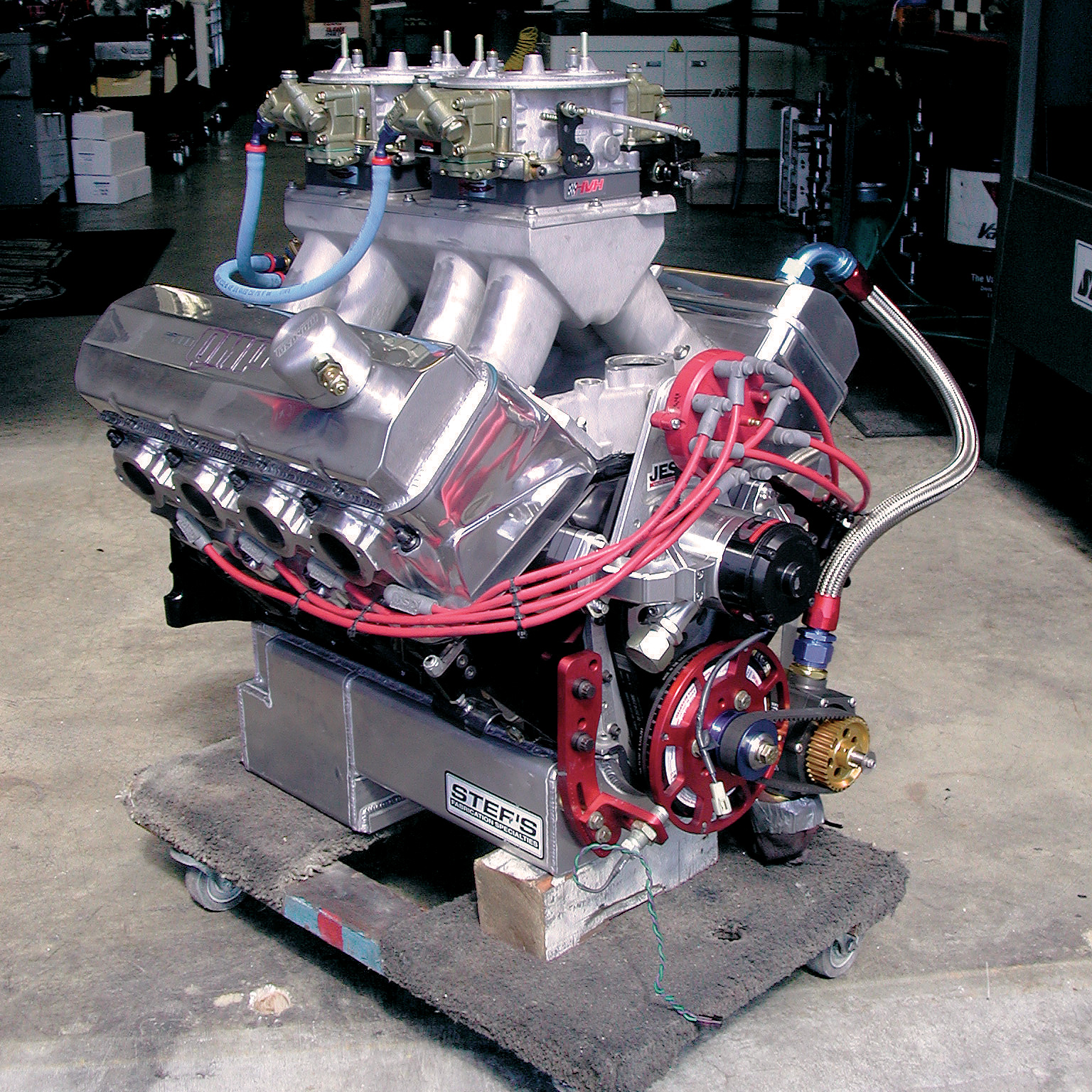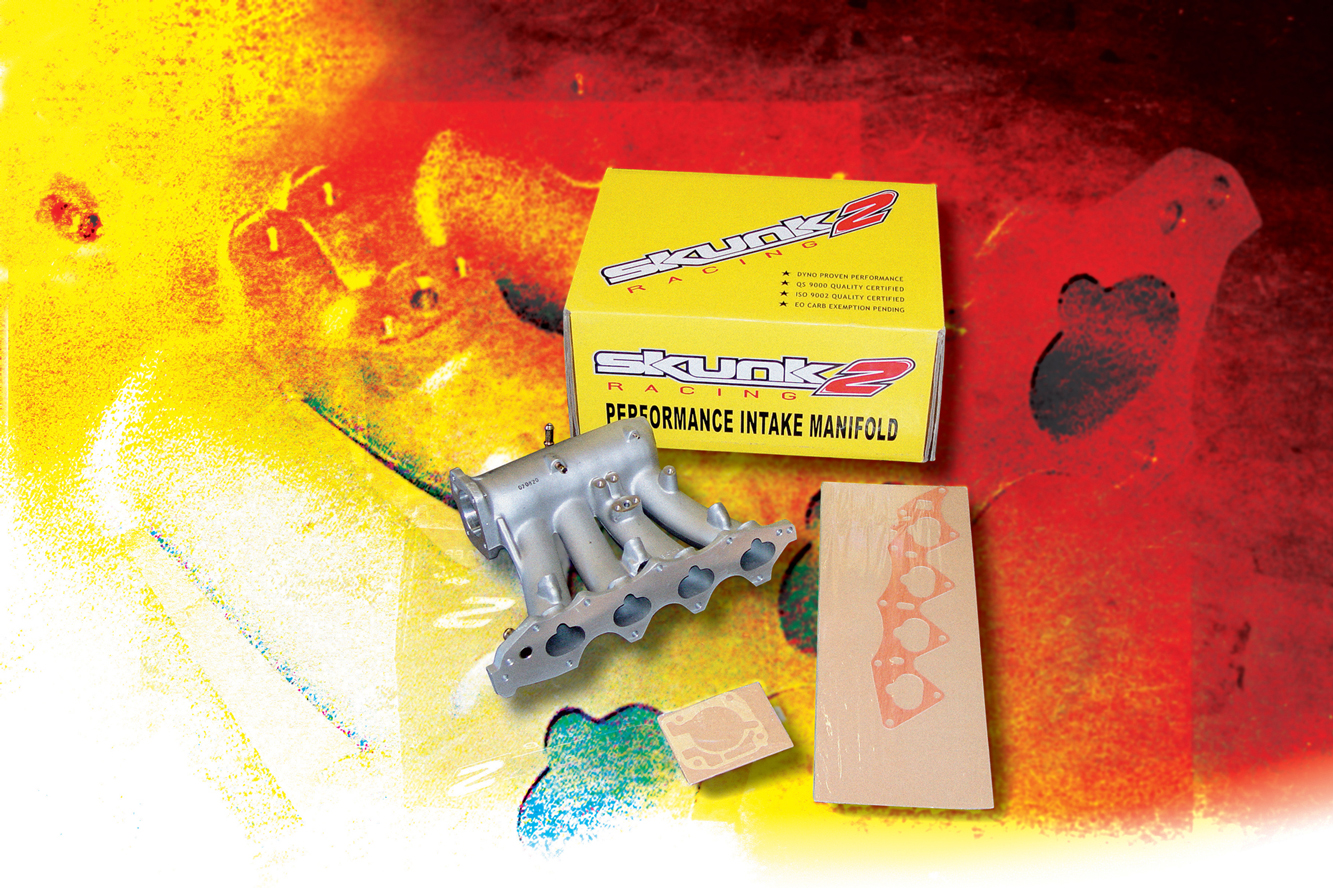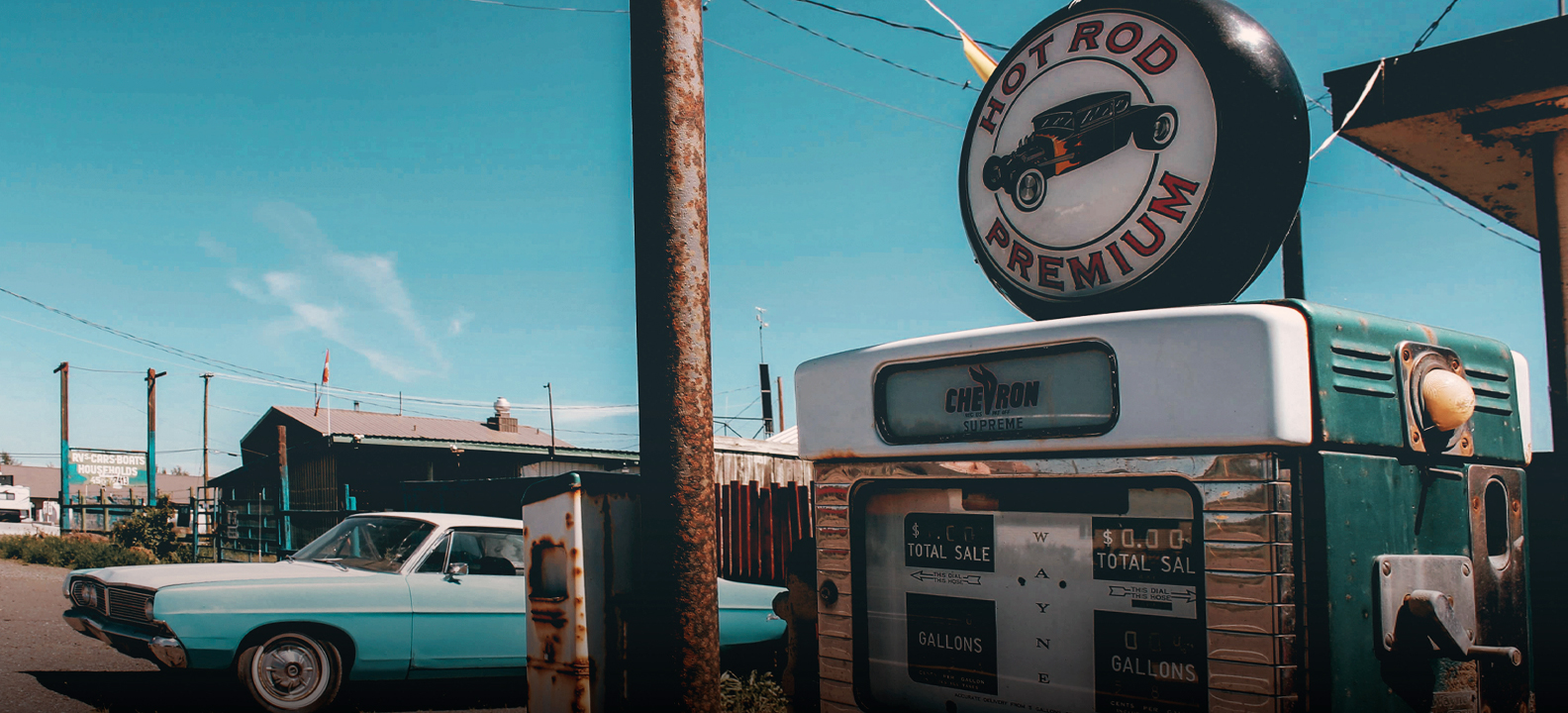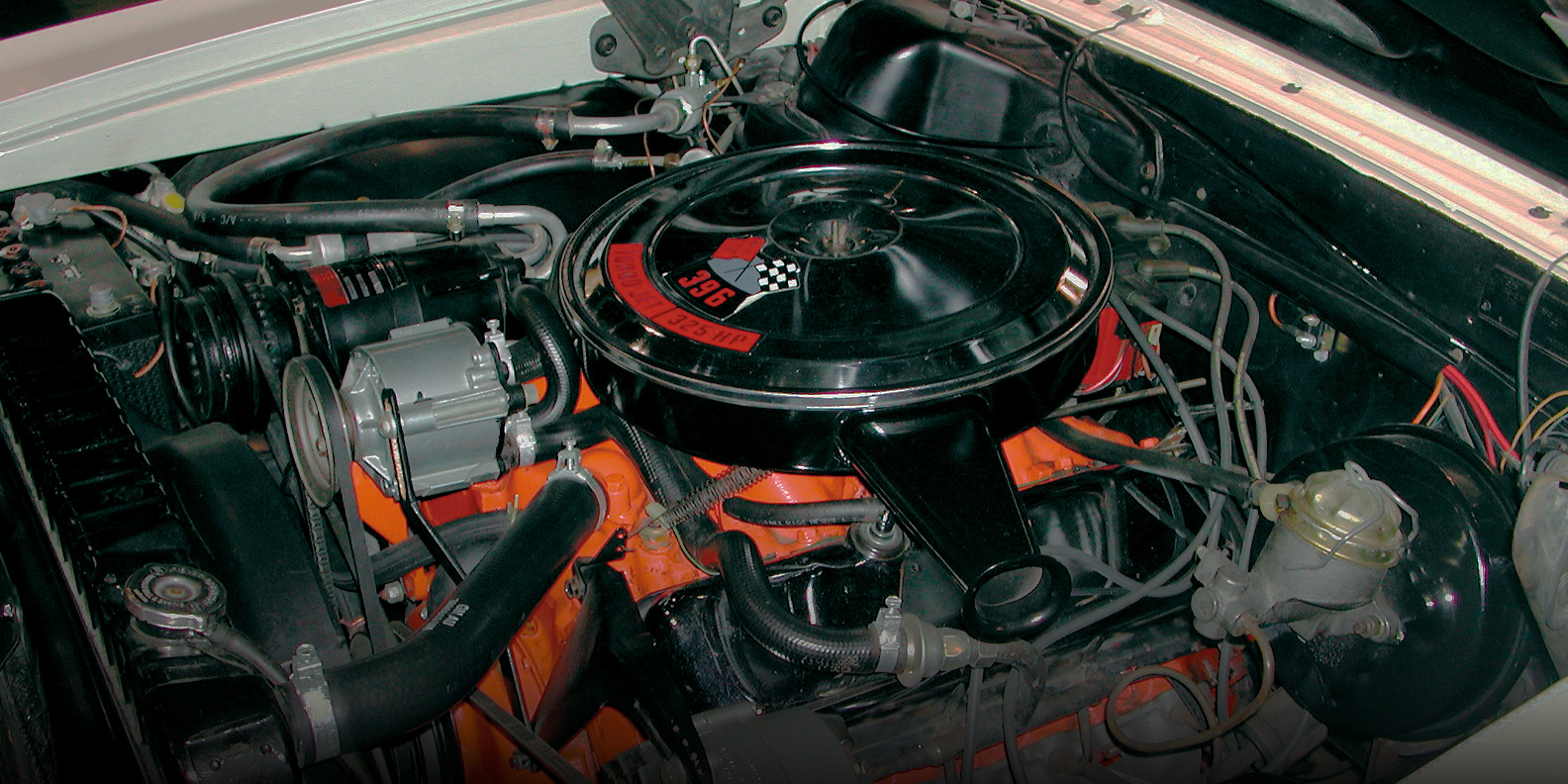intake

This engine, and others like it, has opened up a brand-new chapter in the ever-evolving, wild world of Chevrolet power. By design it has a bore and stroke of 4.60 inches by 4.25 inches and Big Chief II heads, which are about 2 inches taller, that feature oval-shaped intake ports. This, they say, is for maximum cylinder filling. Years ago, creative racers would angle-mill heads to arrive at the desired combustion chamber size and to improve the valve angle in combination with the incoming intake flow. These heads are nicknamed “11-degree” heads, as they have been designed with a built-in 11-degree angle right out of the box. There’s no angle milling needed here. A special valvetrain is necessary, along with longer stem valves. Quarter Mile Performance feels that these heads are worth 200 additional horsepower over the very best “shorter” heads.

When a B16A-equipped CRX EF came into the Rage Performance shop for a Skunk2 intake manifold install, the crew dove into the job with a fury. With cameras at hand to document the swap (’88-’91 CRX) for your personal pleasure, the job took no time at all and the owner of this Honda is deliriously happy with the results.

Time and time again, our advice to those interested in learning about stout-running engines is that it’s the total combination that makes it all happen—considering, of course, that components are prepped, cleaned and assembled as if in a “clean room.”

Hundreds of thousands of these “little” big-blocks were sold in the 1960s. In 1965-66 alone, over 150,000 came in the Impala, Biscayne and Bel Air big cars. Few paid attention to them because the hot engine of the day was the L-78 with high-rpm, rectangle-port heads. But when stock eliminator drag racers began flogging the L-35, it responded magnificently.







